Grove - Haptic Motor
Introduction
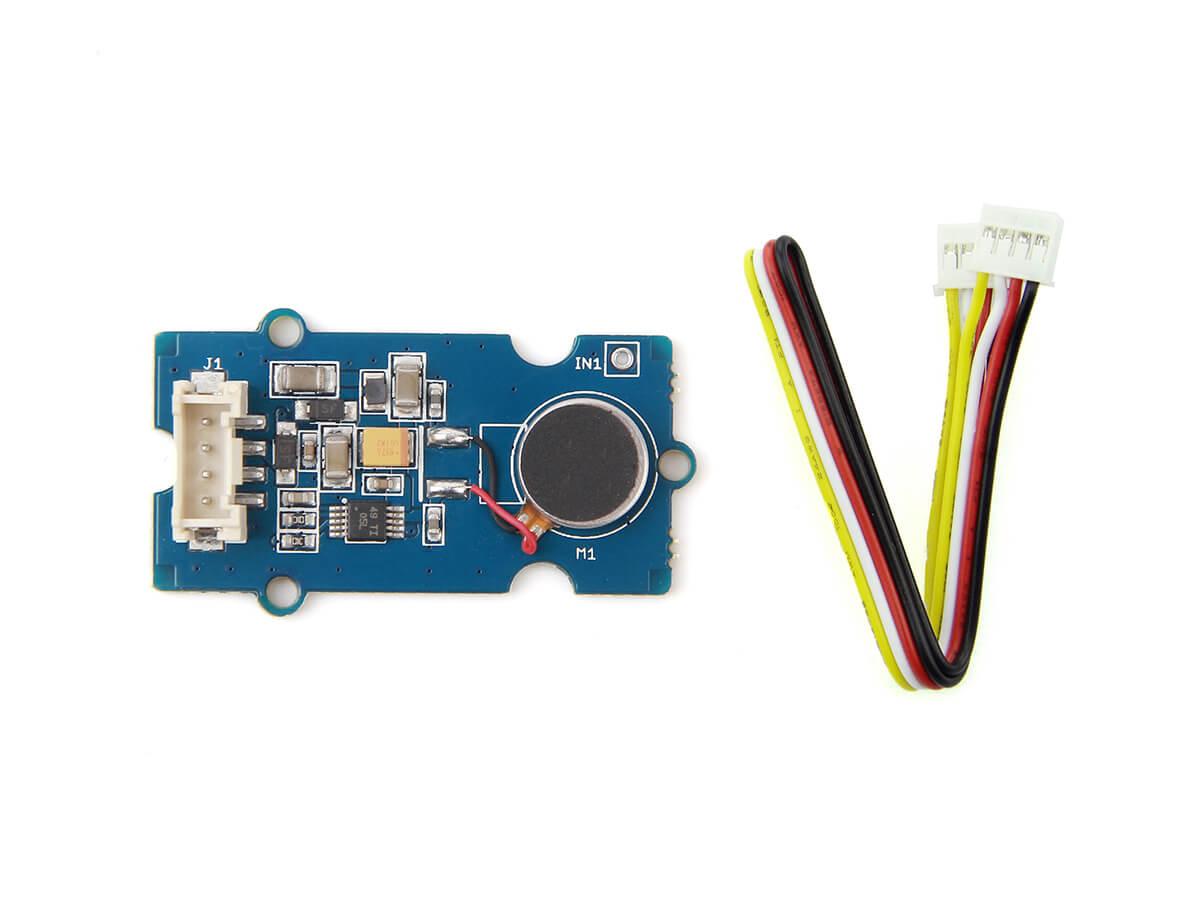
Grove - Haptic motor is a grove module integrated with DRV2605L which will give your project more feelings. This motor is specially designed for various effects, such as ramping the vibration level up and down, for wearables and other IoT devices. Right now we have developed an easy-to-use library which simulate 123 kinds in total of vibrating modes and this will make your prototyping quicker. Also, you can develop more advanced functions with driver DRV2605L which will improve actuator performance in terms of acceleration consistency, start time, and break time and is accessible through a shared I2C compatible bus or PWM input signal.
Features
- More vibration effects.
- Quicken your project prototyping process.
- Easy-to-use library with 123 kinds of vibrating modes.
- Powerful driver to implanting more advanced functions.
Tip
More details about Grove modules please refer to Grove System
Specifications
| Parameter | Value |
|---|---|
| Operating voltage | 3.3~5.0 V |
| Ripples (at maximum power) | 50~100 mV |
| Max power | 750 mW |
| I2C speed | 100 kHz |
| Vibration effects | 123 types |
| Driver | DRV2605L |
| Port | I2C |
| Default I2C Address | 0x5A |
Platforms Supported
Application ideas
- Mobile phone, tablets.
- Wearable devices.
- Remote controls, touch-enabled devices.
- Industrial human-machine interfaces.
Hardware Overview
Front view:

Rear view:
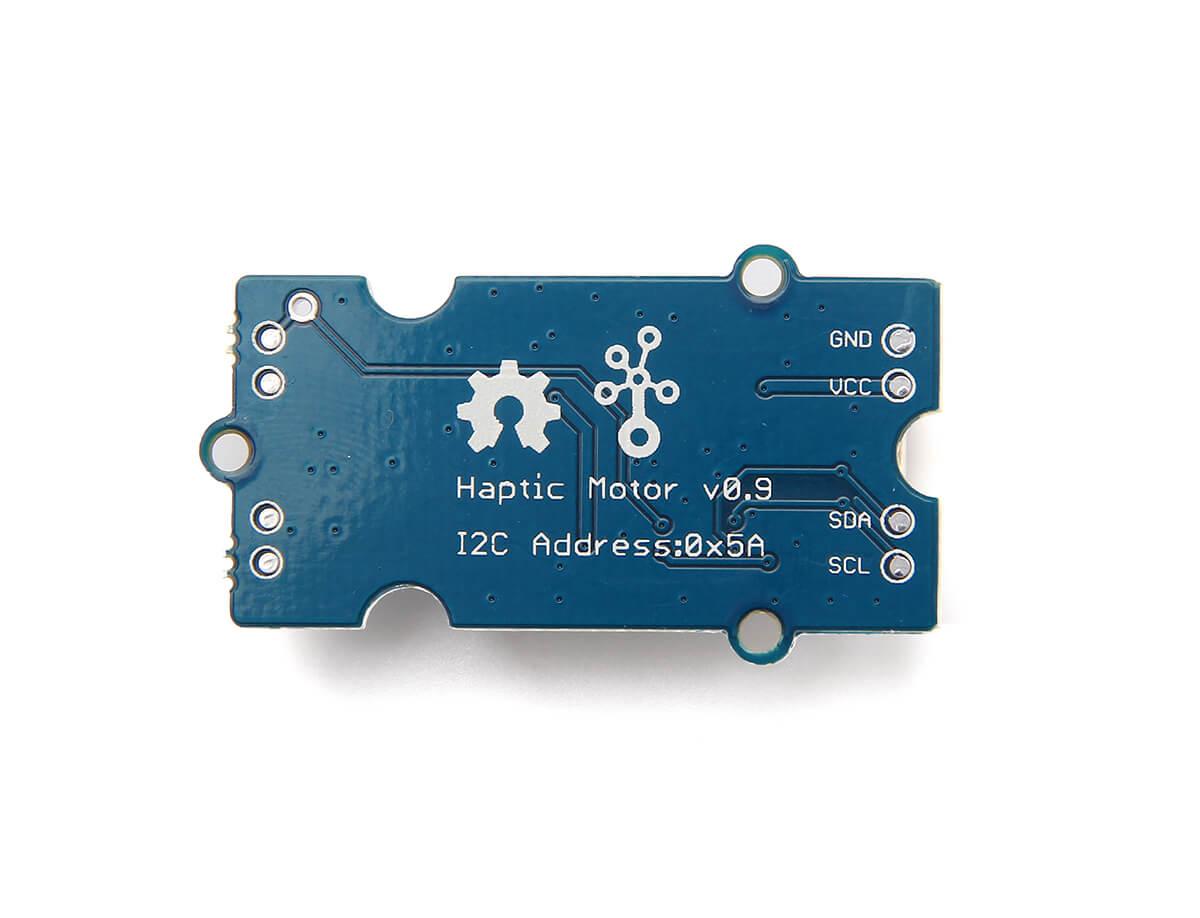
Getting started
Note
This section only shows you how to build a basic development environment. You can build a development environment for your project with following guides:Build IDE
Refer to following guides to building an appropriate IDE:
Note
Arduino board will also be fine if you happen to have no Seeeduino board because Seeeduino is compatible with Arduino.Hardware connection
Notes
a. Make sure you have built a development environment successful through previous steps.
b.Make sure your board has selected Arduino Uno and COM port right chosen. Connect to I2C interface on Seeeduino board and Haptic motor with grove wire.
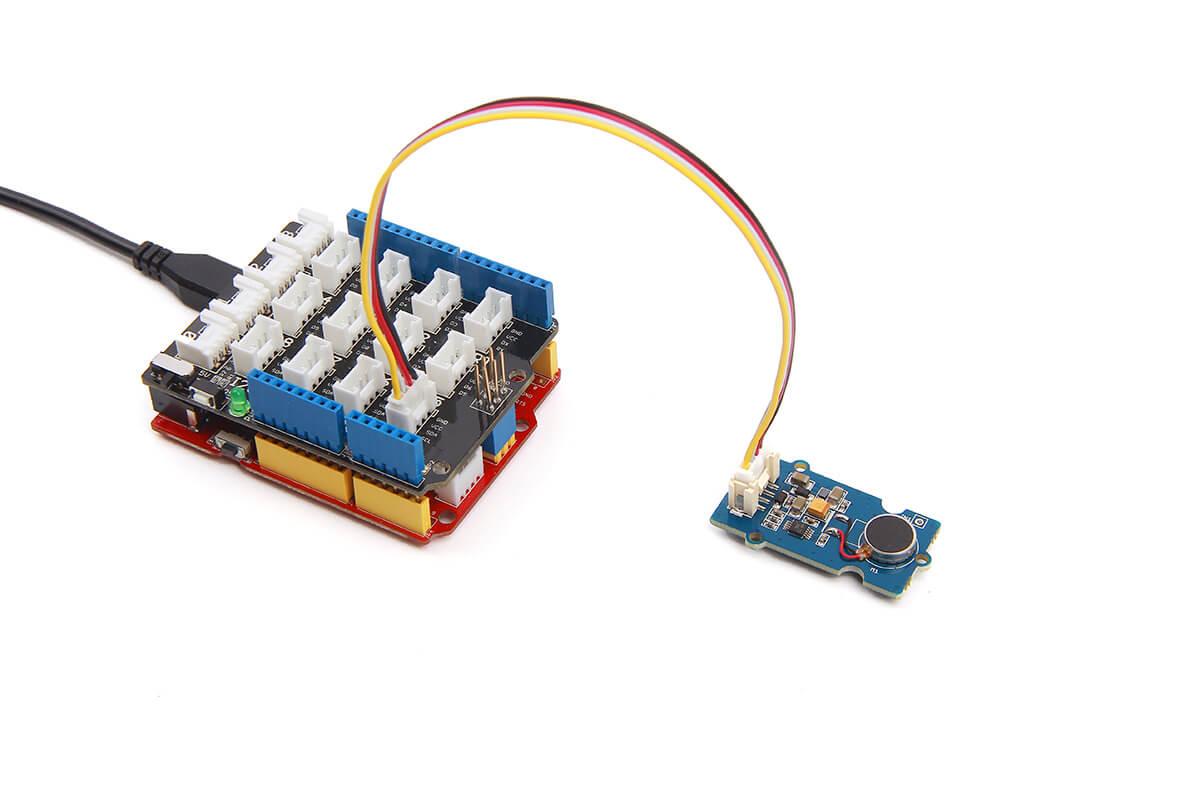
Download sample code
- You can download sample code and library or header files.
- Click a button named “Download Zip” at Github.
- Decompress the downloaded ZIP file.
- Remove the “-master” twice in decompressed file name.
- Copy the folder Grove_Haptic_Motor into your library folder (In default, it is same with Sketchbook Location which can be found by clicking File > Preference).Under Windows, it will likely be called “My Documents\Arduino\libraries”. For Mac users, it will likely be called “Documents/Arduino/libraries”. On Linux, it will be the “libraries” folder in your sketchbook.
- Copy file drv2605.cpp and file drv2605.h to its parent directory.
Load sample code
Note
In this case we use Seeeduino 4.2 as experiment board which is a compatible board with Arduino.Tip
You can use Base shield v2 as expansion board which will make your connection of modules simple.Warning
Never touch driver DRV2605L which may cause damage to it when it is powered.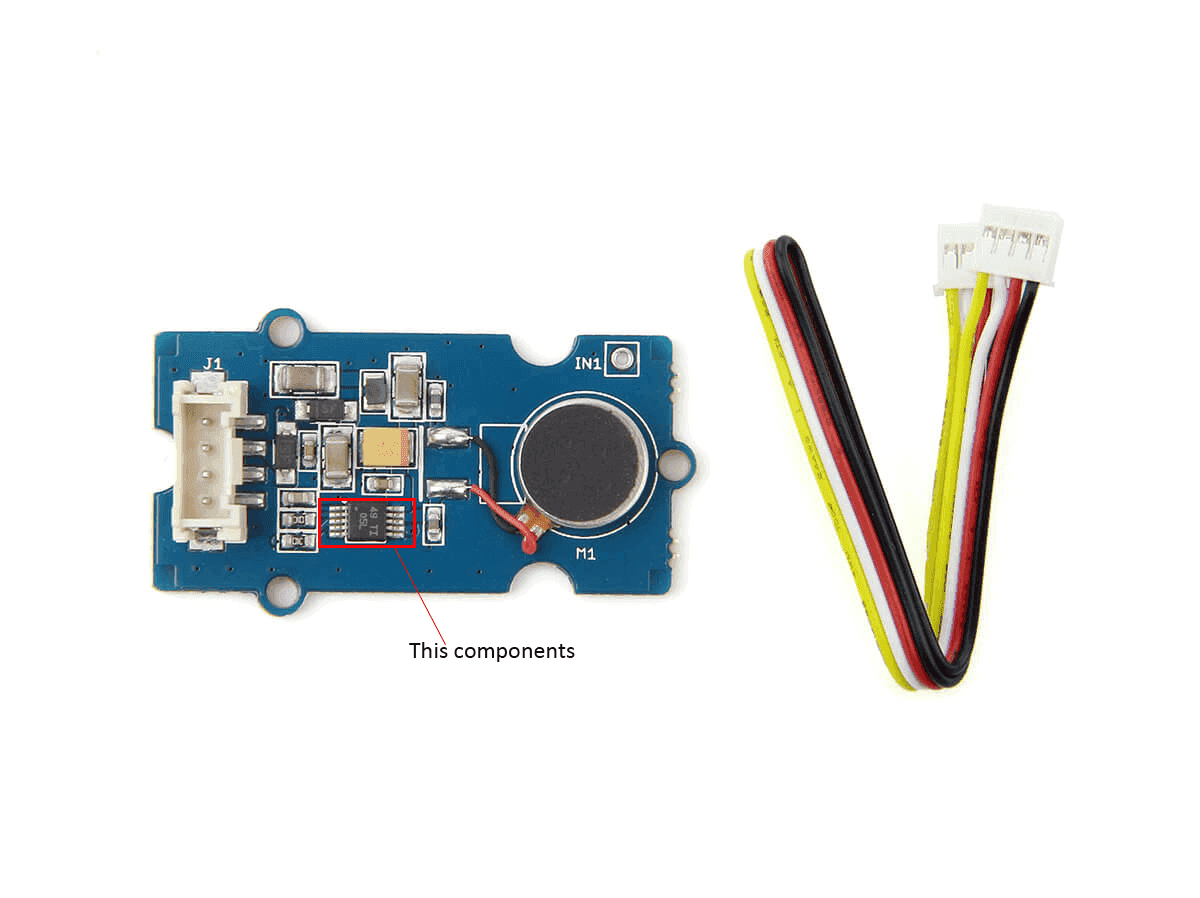
- Make sure haptic motor and main control board well connected.
- Load your sample code drv2605.ino under example file of decompressed file.
- Flash your code to your main control board by click Project->Upload(CTRL+U).
- After uploading, you now get haptic motor vibrate at a smooth style.
Resources
- Schematic files in Eagle format and PDF format.
- More about drive circuit DRV2605L.
- Git repository
| Arduino | Wio | BeagleBone | Raspberry Pi | LinkIt ONE |
|---|---|---|---|---|
 |
 |
 |
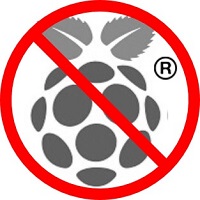 |
 |
Caution
The platforms mentioned above as supported is/are an indication of the module's hardware or theoritical compatibility. We only provide software library or code examples for Arduino platform in most cases. It is not possible to provide software library / demo code for all possible MCU platforms. Hence, users have to write their own software library.
Help us make it better
Welcome to the new documentation system of Seeed Studio. We have made a lot of progress comparing to the old wiki system and will continue to improve it to make it more user friendly and helpful. The improvement can't be done without your kindly feedback. If you have any suggestions or findings, you are most welcome to submit the amended version as our contributor via Github or give us suggestions in the survey below, it would be more appreciated if you could leave your email so that we can reply to you. Happy Hacking!

